Exercise Yourself Off of Blood Pressure Medication
A high blood pressure diagnosis often comes with daily prescription medications. But for some, improvements in diet and exercise ALONE could change that.
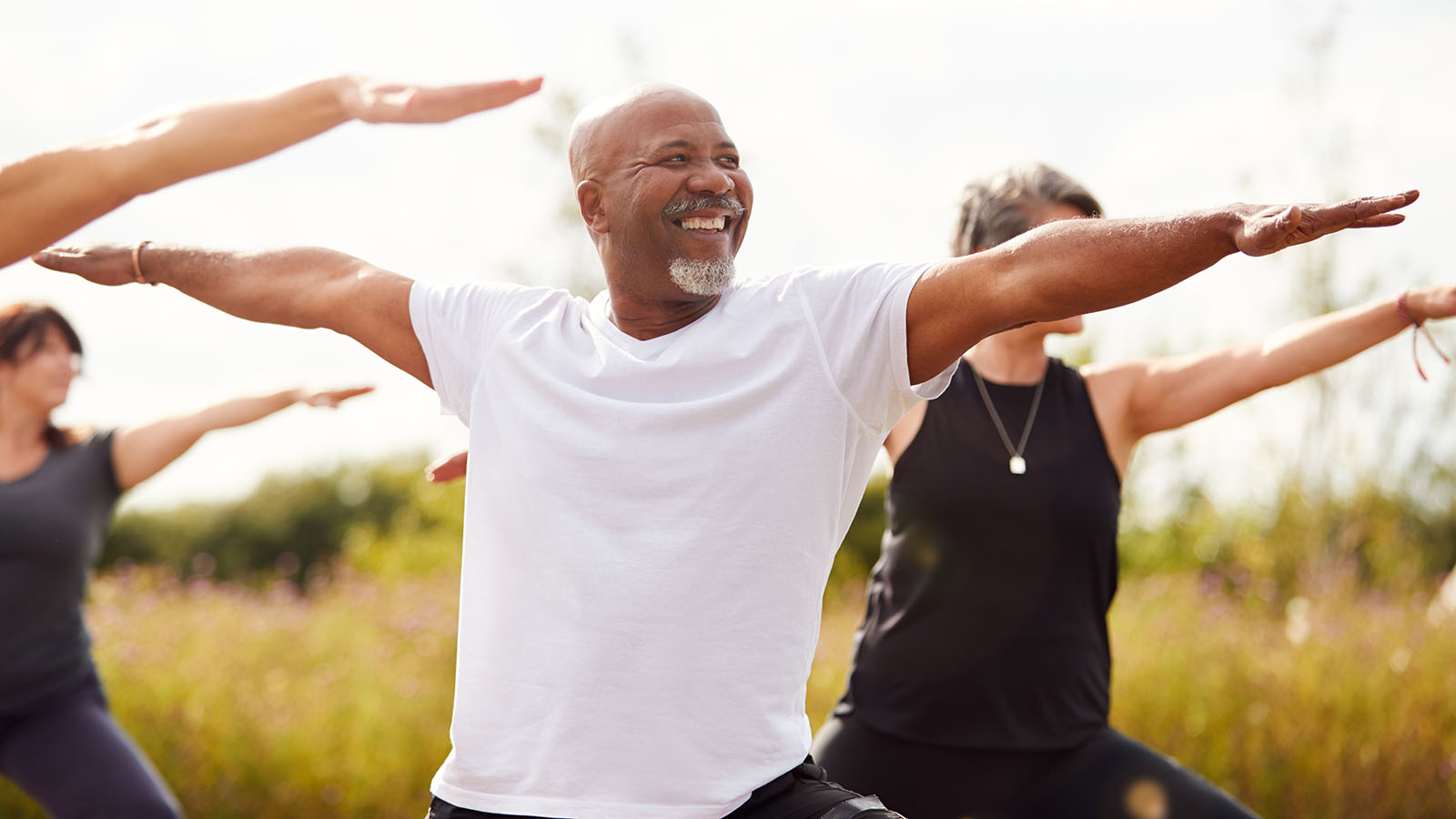
By Maria Duca, MD, Cardiologist—Virtua Cardiology Group
When you’re diagnosed with a chronic condition like high blood pressure (hypertension), you’re often prescribed medications you have to take EVERY DAY to get it under control. But, changes to your diet and lifestyle ALONE may keep you from being on blood pressure medications the rest of your life.
The average person with hypertension is on two to three medications to treat it. However:
- If you were just diagnosed—and your blood pressure isn’t so high that it would be a stroke risk—start eating a healthier diet and begin an exercise routine to reduce your blood pressure medications or get off them altogether.
- If you’re at a healthy weight, exercise regularly, eat nutritious foods AND have a family history of high blood pressure, you will probably need to take medications to manage it for the long term—and that’s just because of genetics.
But, nearly everyone diagnosed with high blood pressure can make a few lifestyle changes to improve their numbers. Simply increasing your exercise level can lower your blood pressure within just a few weeks, and losing 10 pounds can help lower it considerably. Once you’re doctor clears you for exercise, here’s how to get started.
Find ways to squeeze in 10 minutes
You may be convinced that you’re “too busy” to find time for exercise, but if you want to reduce or eliminate blood pressure medication, it’s worthwhile to find ways to be active throughout the day. Here are a few 10-minutes exercise ideas:
- Do strength-training exercises while you watch TV. Try push-ups, crunches, lunges, squats, leg raises, or simply march in place.
- Walk to a coffee shop or lunch spot that’s at least 5 minutes away from your office. The round trip will rack up 10 minutes of exercise and reduce work stress.
- Park your car at the end of the lot any time you run an errand. A few minutes and extra steps here and there add up.
- Walk around your house or up and down steps any time you're on the phone.
- Commit to doing 10 minutes of a fitness DVD or on-demand workout. Chances are, once that time is up, you’ll be motivated to keep going.
Once you’ve carved out 10 minutes, try to find another 10, and then wake up 10 minutes earlier to work up to a total of 30 minutes every day.
Pick up the pace when walking the dog
Walking your dog counts as exercise, but make sure you’re getting your heart rate up. If your dog is an old, slow walker, you’re going to have to find a workout partner who will step up the speed with you. If you don’t have a pooch, you could offer to walk a neighbor’s dog or accompany them on their daily outings.
Find an exercise buddy
If you need help sticking with your exercise plan, ask your partner or a neighbor to walk with you. You could also make friends with someone in a group exercise class and tell them you’ll “see them next week” at the end of class. Then, you’ll feel accountable to show up next time. If your fittest friend is on the other side of the country, tell him/her you’ll send a weekly email or text sharing your weekly workouts.
Exercise all week long—not just the weekends
You may think you’re too busy to exercise for 30 minutes a day most days of the week, so you’ll just make up for it on the weekend. However, going “gung-ho” with exercise on the weekend for long periods of time may be risky for your health. Break up your exercise routine into two 15-minute sessions or even three 10-minute sessions throughout the day.
Monitor your blood pressure at home
It’s important to get your blood pressure under control with medications first if you’ve been diagnosed with high blood pressure. Then, make sure you’re watching your numbers closely with a home monitor. This is because losing weight, cutting back on sodium, and exercise alone can change your blood pressure within a few weeks.
Start slow and watch for these signs:
- If you’re exercising and getting lightheaded you need to stop what you’re doing. Lie down and put your feet over your head to get blood flow to your brain.
- If you get lightheaded, dizzy or feel fatigued, call your doctor and share your symptoms and home blood pressure readings. You may need to adjust your medication dosage, the time you take your medication, or your diet.
- If you’re very lightheaded, salt and water will bring your blood pressure back up. Have a friend bring you water and something salty like pretzels and water, or a Gatorade.
- If you faint during exercise, call emergency services.
Make an appointment
Take care of your cardiovascular health. Call 1-888-847-8823 to make an appointment with a Virtua cardiologist.
There's So Much More to Explore
Discover expert insights, inspiring stories, health tips, and more by exploring the content below!

Mitral Valve Surgery Keeps Yaneth Living the American Dream

HeartTalk Magazine
Inside Look at Blood Vessels Aids PAD Treatment
Denise Davis: Pay Attention to Your Heart Health

Sweet Music: Trust, Teamwork Save Justin from Heart Attack

Complex Heart Surgery Nets James a Lifelong Friend

8 Key Steps to Better Blood Pressure Control
Signs You Should Get Treated For Vein Problems

One New Heart Valve Saves Two Lives in the Tritten Family
What You Need to Know About Heart Failure

6 Numbers Key to Keeping Your Heart Healthy
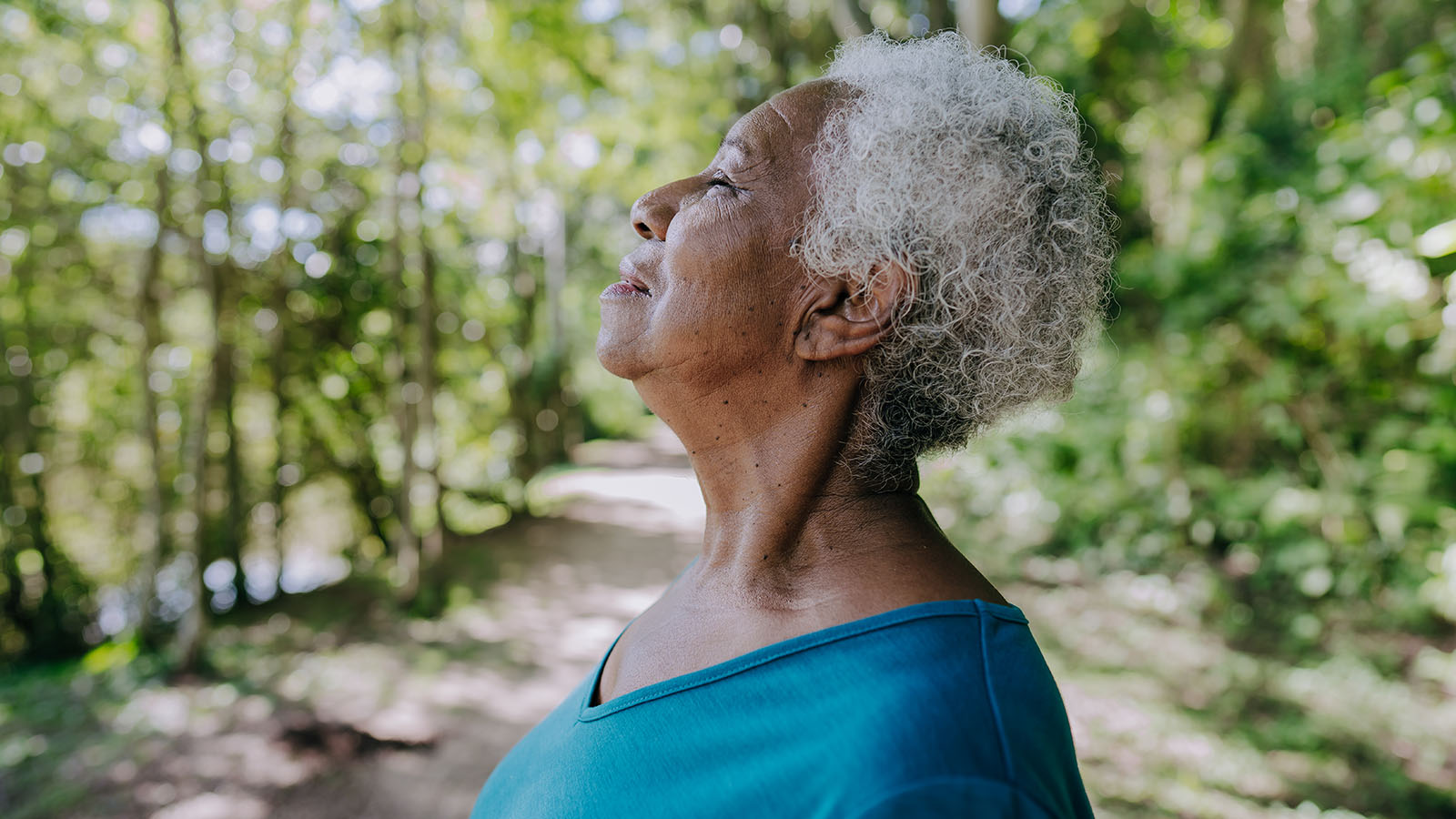
Five Mindfulness Tips That Can Help Heal Your Heart

Watchman Heart Device: a Technological Breakthrough for Blood Clot Prevention
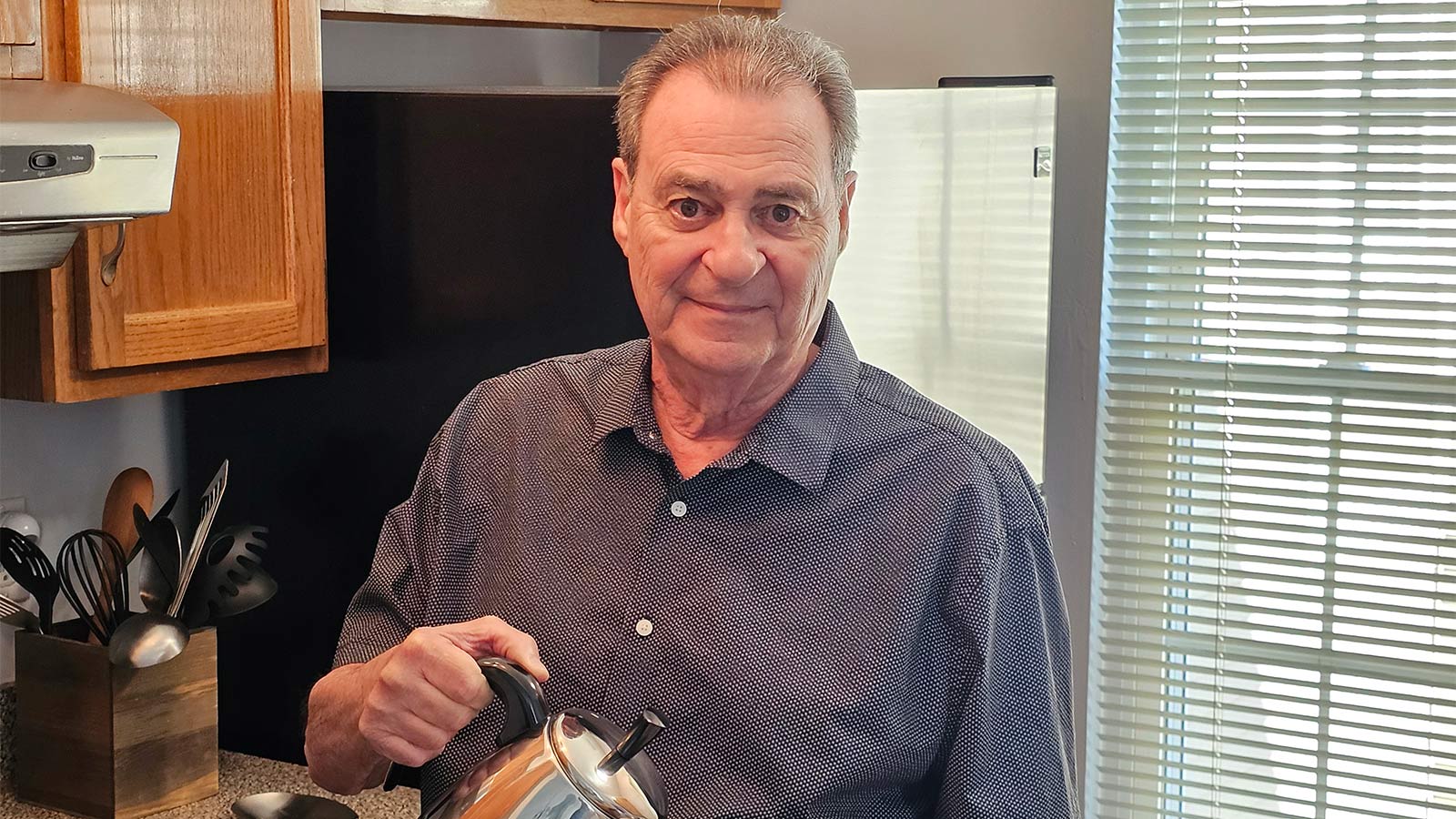
Albert's Emergency Cardiac Surgery Is a 'Story of a Lifetime'

Love Your Heart: Essential Care Tips for Every Stage of Life
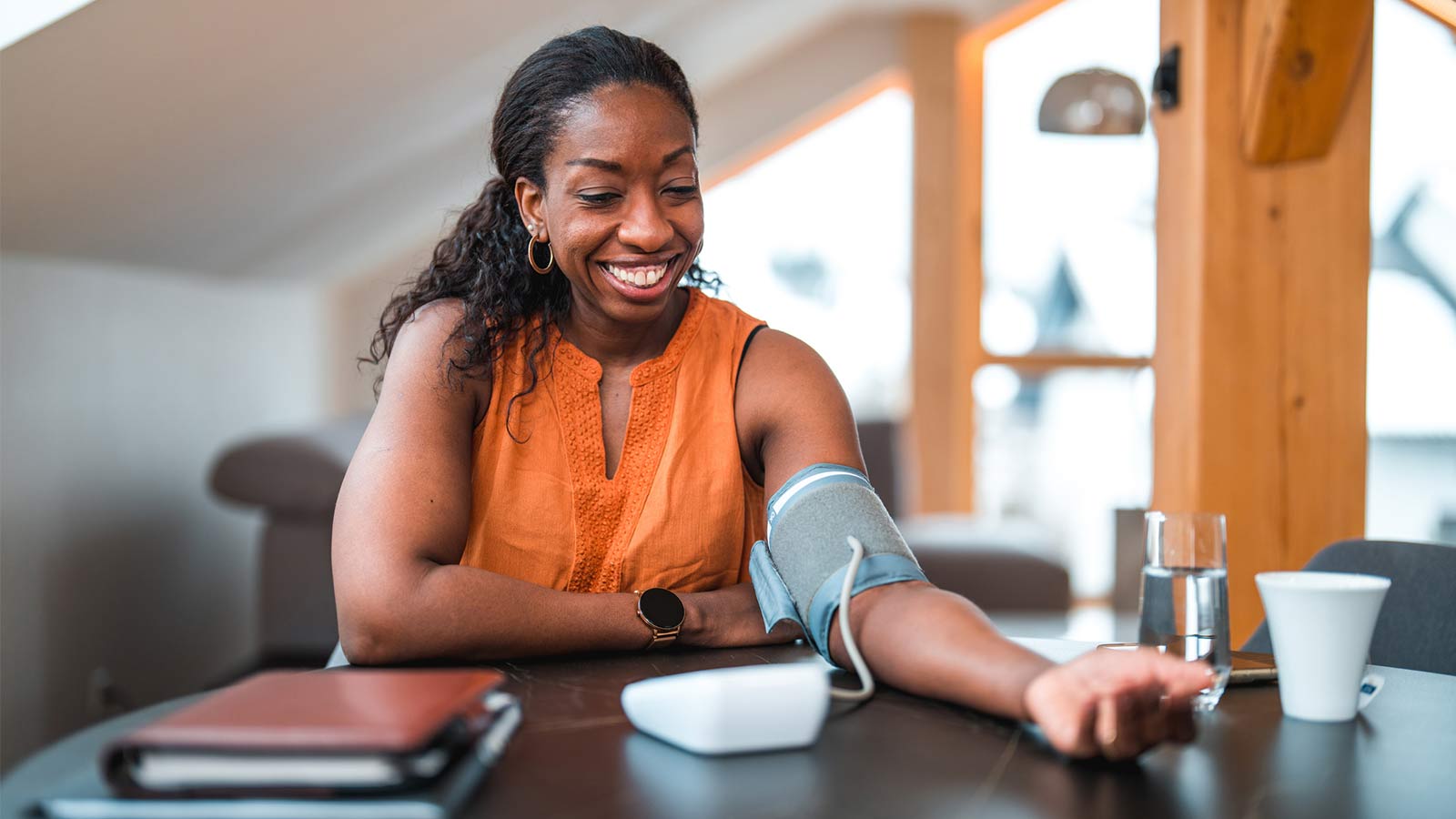
How Do I Measure My Blood Pressure at Home?

How Do I Improve My Cholesterol Levels?

3 Ways to Reduce Your Stroke Risk
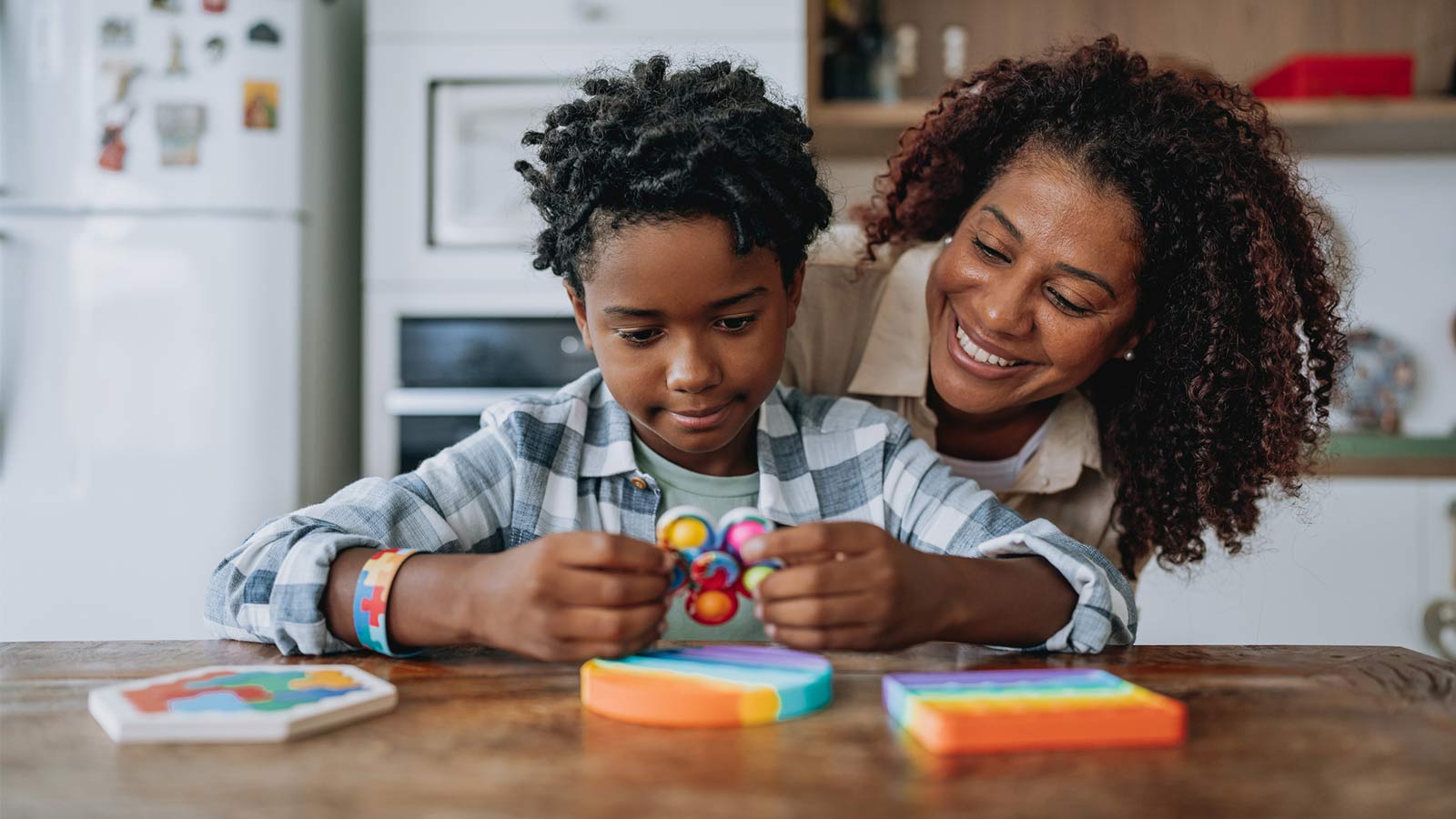
How the Unique Stages of a Womans Heart Affect Her Health

Can Your Gut Health Affect Your Heart?
Advanced Heart Failure Therapies Get Bernadine Back to Full Speed

Keeping the Beat: Advanced Heart Surgery for Aortic Aneurysm

Heart-Healthy Summer Recipe: Hummus and Veggies

4 Delicious Heart-Healthy Recipes Perfect for Summer

Heart Healthy Summer Recipe: Dessert Parfait
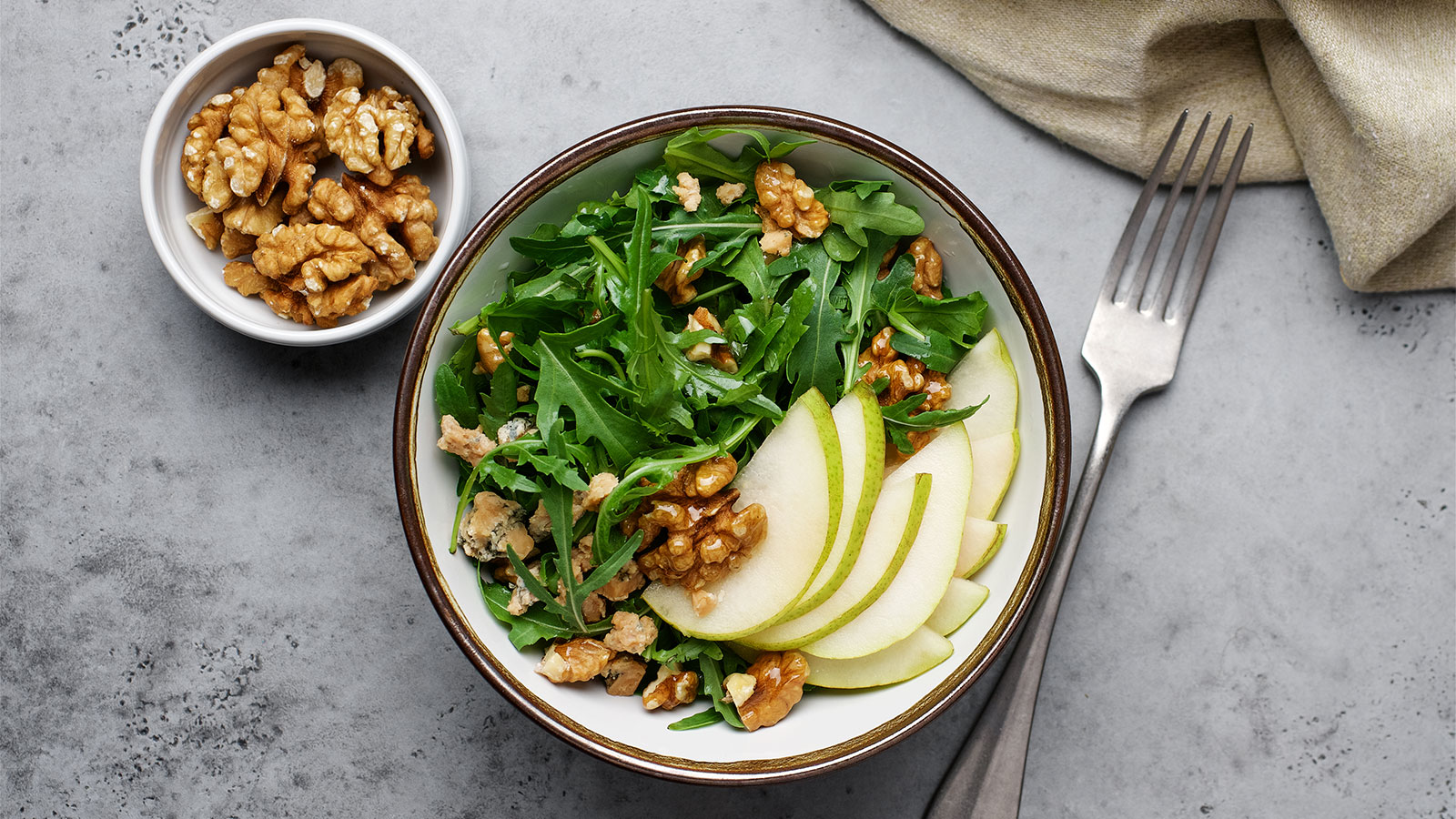
Heart-Healthy Summer Recipe: Pear and Walnut Salad

Heart-Healthy Summer Recipe: Terrific Turkey Burgers
Atrial Fibrillation and Stroke: What's the Connection?
Heart Tests Your Doctor May Order
Managing Pregnancy for Mothers With Heart Conditions

Heart Healthy Recipe: Basil Pesto Pasta With Seared Vegetables
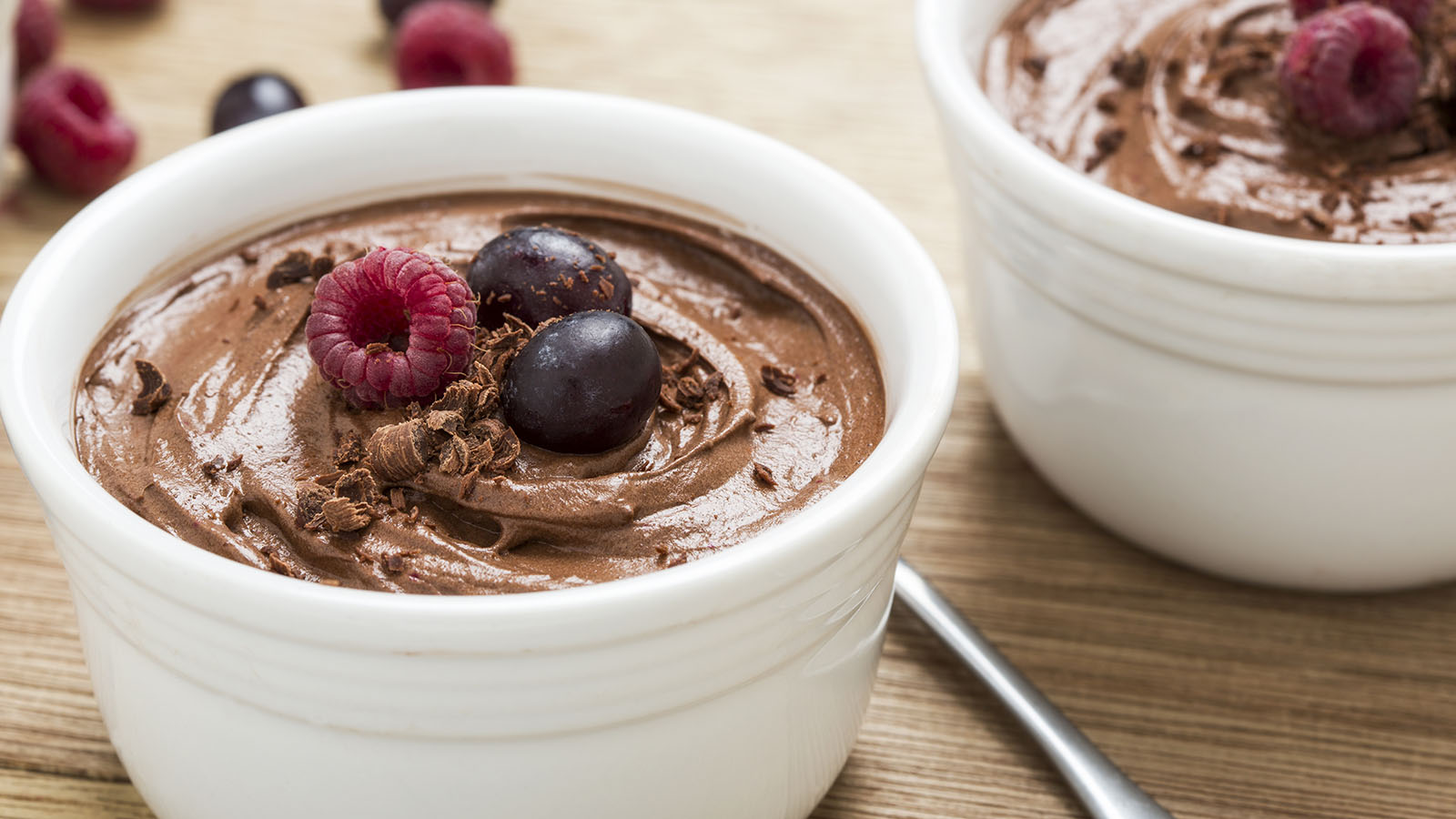
Heart Healthy Recipe Chocolate Avocado Chia Pudding
Keep Your Heart Rhythm in Check With Your Smartwatch
Mind Your Meds for Blood Pressure Risks
Magic Pill for Heart Health? Cut 300 Calories a Day
3 Smart Ways to Boost Your Heart Health
3 Best Exercises For Heart Health
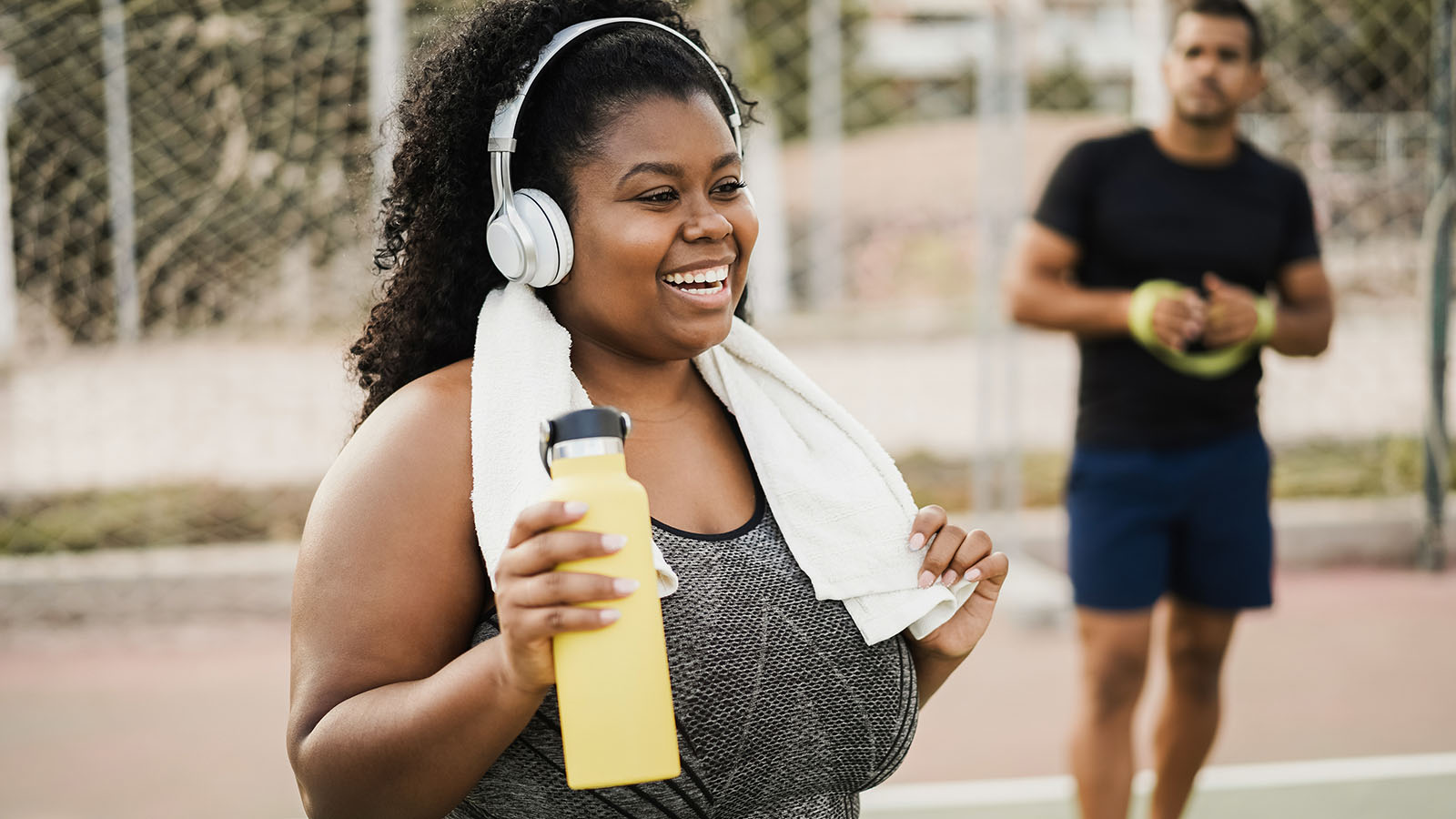
Get Your Heart Pumping With These 25 Workout Songs
Your Chest Pain: Heartburn, Heart Attack, or Something Else?
3 Heart Healthy Recipes to Win Valentines Day
How Work and Home Stress Can Affect You
Why Improving Your Health Is Going To The Dogs And Cats
Why Younger Women Need Start NOW To Safeguard Their Hearts From Heart Attacks
Can You Die of a Broken Heart?
Get to the Bottom of Blood Pressure Numbers
Mitral Valve Surgery Opens Doors for Improved Quality of Life
6 Healthy Habits to Start in Your 20s for Better Lifelong Health
Do You Have a Fatty Heart?
Get Pumped! Assist Devices Can Improve Heart Failure Symptoms
A Cardiologists Advice on Heart-saving Emergency Cardiac Care
Virtua Doctor’s Experience Is a Warning for All About COVID-19 and Strokes
You May Feel Fine, but Gregory Says "Don't Skip Your Medical Care"
In Sickness and in Health: Couples Often Share Heart Disease Risk
"Reduce Your Heart Disease Risk With a Plant-based Diet"
Hybrid Robotic Heart Surgery and Valve Replacement Restores Quality of Life
Can Marijuana Hurt Your Heart Health?
6 Tips for Restoring Your Heart Rhythm
Eat Smart for Your Heart
Cardiac Rehab: Strengthening Your Heart After Leaving the Hospital
Your Heart Needs A Good Nights Sleep
Are You at Risk for AAA—the Silent Killer?
The Cardio Oncology Team Protects Your Heart During Cancer Treatment
Get Relief From Painful Varicose Veins This Summer
Exercise Your Way to a Stronger Heart
Fish Oil: A Good Catch or a Scam?
My Heart Seems to Skip a Beat - Should I Be Worried?
Menu Planning? Try These 5 Heart-smart Substitutions
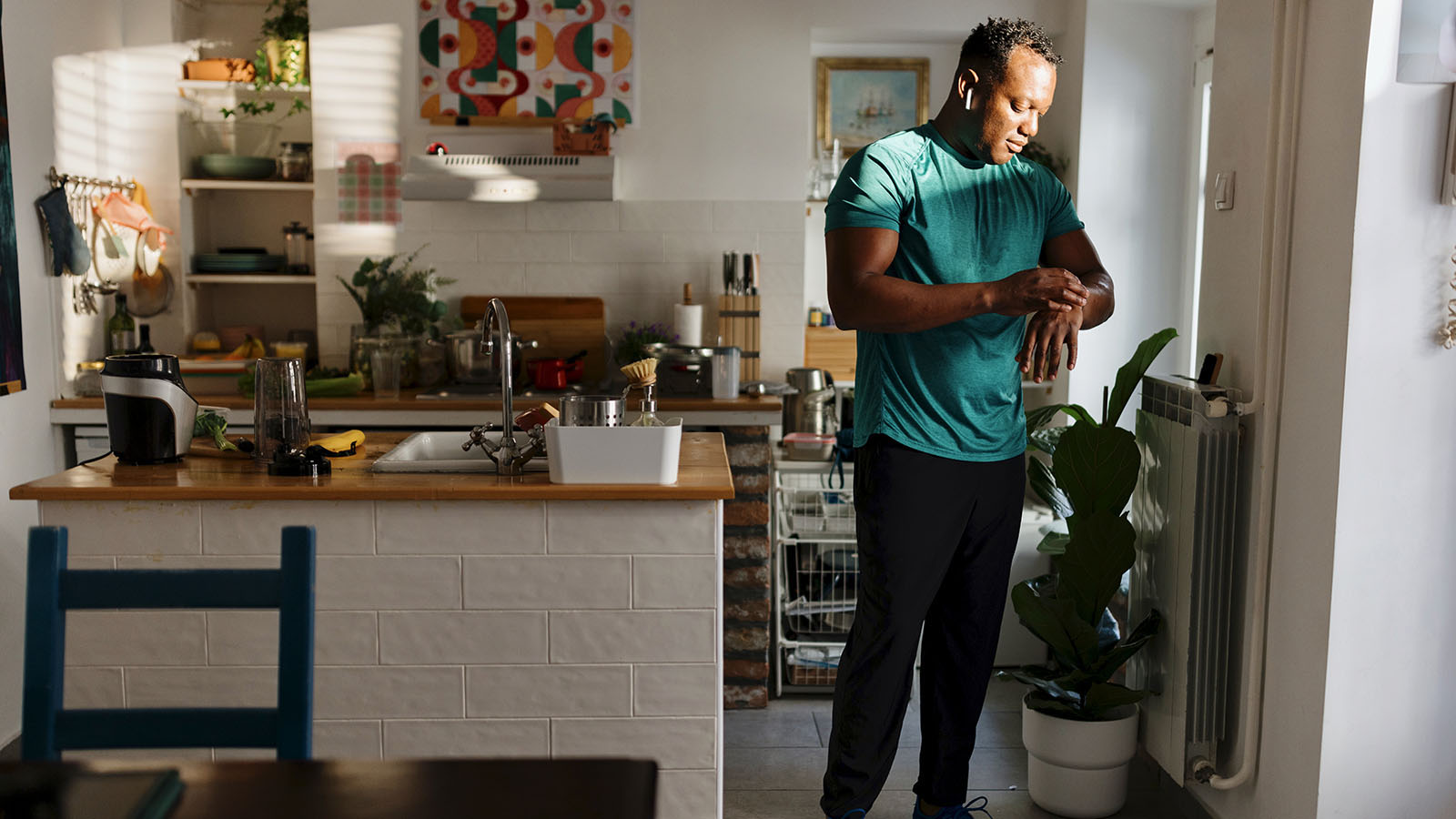
5 Health Risks Tied to Weight

Heart-Healthy Recipe: Maple Orange Salmon With Mango Salsa
Do Not Wait to Get Help When a Stroke or Heart Attack Strikes
4 Reasons Why Heart Patients Should Follow COVID 19 Safety Guidelines

